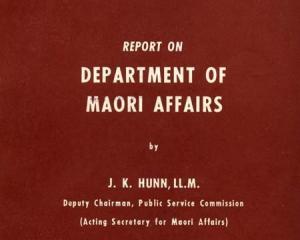
Collection items at Toitu Otago Settlers Museum tell a tale of love that conquered all in gold-rush Otago.
The silk taffeta day dress (pictured) belonged to Maria Larkin and was probably her wedding gown when she married Ralph Moir at First Church in Dunedin on April 12, 1864.
Maria was Irish and Catholic, born at Parsonstown (now Birr) in Kings County (now County Offaly) about 1834.
As a young woman she emigrated to Australia, where she spent several years before travelling to Otago shortly before her marriage.
Ralph Moir, in contrast, was a Scottish Presbyterian, born at Blairlogie near Stirling.

He too had spent time in Australia, coming on to Otago around 1859.
Following their wedding, Maria and Ralph headed south to Balclutha where Ralph had developed a sheep farming property in the Hillend district.
Crossing the religious divide between Catholic and Protestant in colonial marriages involved much more than just deciding what church to hold the wedding ceremony in.
Frequently one partner had to abandon their own religious community and become part of the "other side''.
The Catholic Church was particularly insistent on this.
Protestant spouses marrying in Catholic ceremonies had to formally commit to any children being brought up as Catholics. Such "mixed'' marriages were nonetheless quite common in gold-rush Otago.
In marrying Ralph Moir, Maria Larkin opted instead to join his Presbyterian congregation and become part of its social community in a district notable for the preponderance of Scottish Presbyterian settlers.
Family tradition holds that the couple made a pact over religion: any sons they had would be brought up as Catholics, any daughters as Presbyterians.
In the event there were five daughters and the family's allegiance was undivided.
After Ralph's death in 1887, however, Maria quietly reconnected with the church of her upbringing.
When she died at the age of 82 in 1917, she was buried as a Catholic.












